
Published:
Readtime: 7 min
Every product is carefully selected by our editors and experts. If you buy from a link, we may earn a commission. Learn more. For more information on how we test products, click here.
Have you ever considered adopting a smartphone with a folding screen? If you answered in the negative, you should prepare for that to change, because Samsung has just torn the gloves off at its Unpacked 2022 event in New York, unveiling a compelling new range of devices with foldable technology at its core. In the process, the brand has made a strong argument as to why these fancy, flexible screens are the future of mobile technology and why now could be the perfect time to jump aboard the foldable train.
Related: Check out our in-depth thoughts on the Samsung Galaxy Z Fold4 and Galaxy Z Flip4.
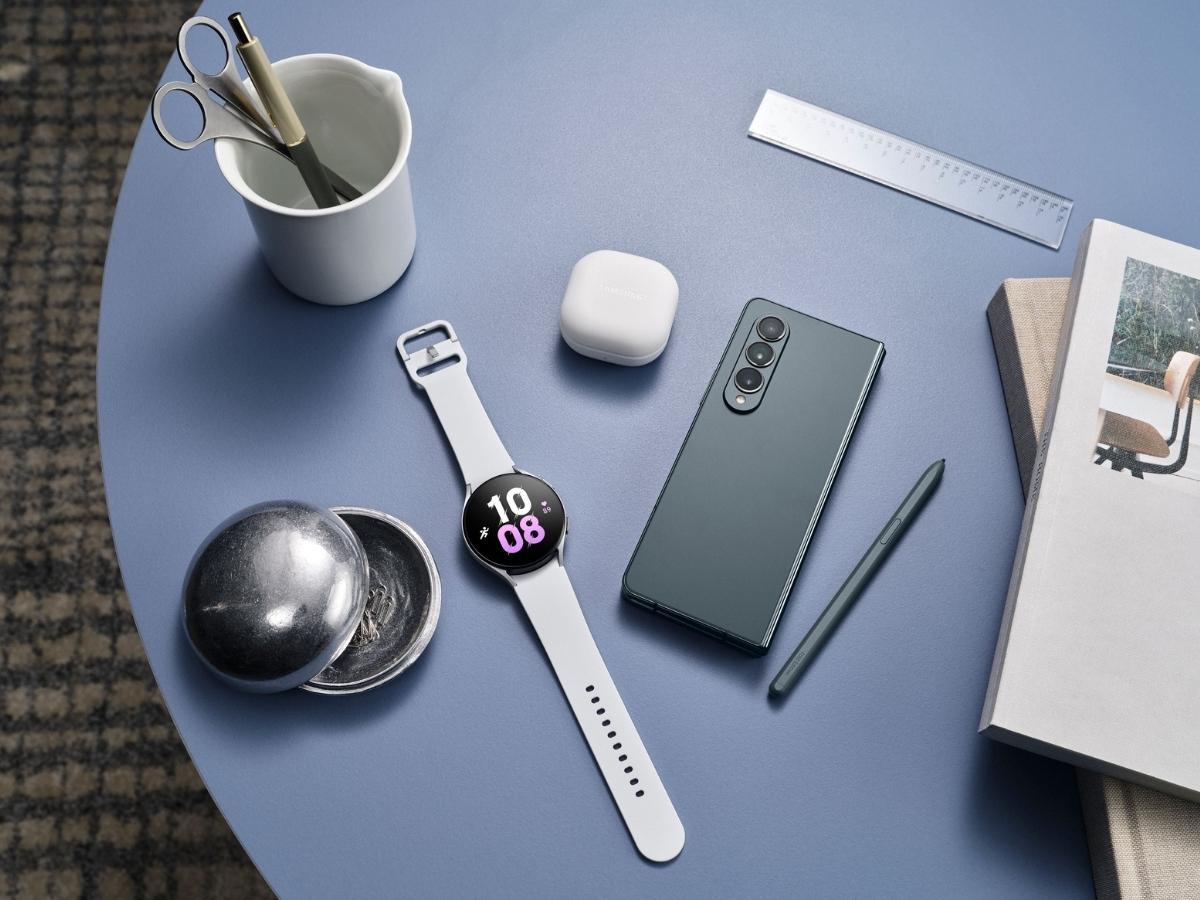
The Samsung Galaxy Z Fold4 really puts the rest of the smartphone landscape into perspective. If we were Apple, we’d be a little concerned about our devices looking somewhat long in the tooth right now. Not only has Cupertino refused to rid the iPhone of that unsightly notch that’s long sat at the top of its screens, the brand hasn’t delivered any real innovation in its phones’ form factor for the best part of half a decade. With Samsung now on its fourth generation of foldable, the South Korean powerhouse is making some impressive headway, striding forward with a range of flexi-phones that look more match-fit than ever before.
So let’s take a quick look at everything Samsung unveiled at Unpacked 2022, where we were able to have a close look at everything from the phones to the accessories and determine for ourselves whether this new generation of foldable technology has the goods.
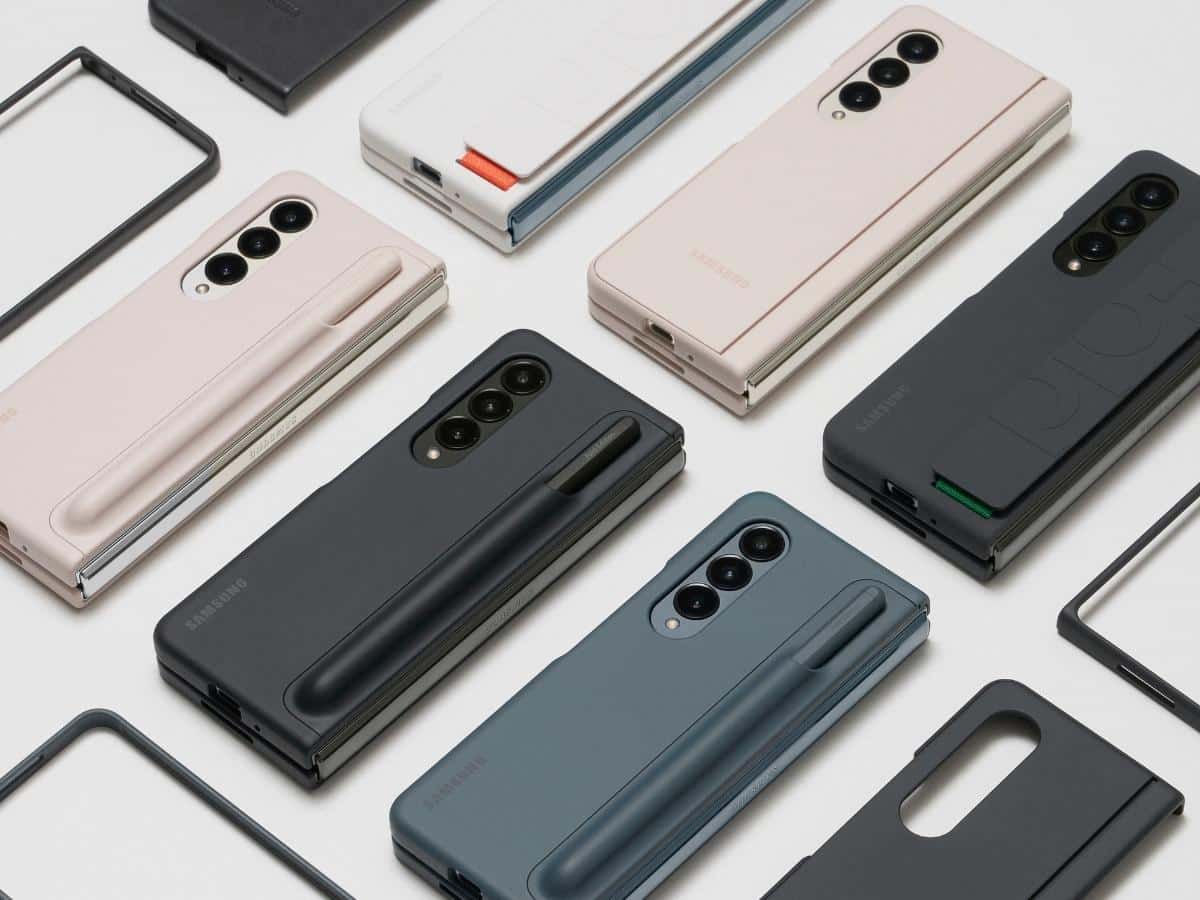
Samsung Galaxy Z Fold4
The fourth generation of the Samsung Galaxy Z Fold is the foldable smartphone we’ve been waiting for. This dual-screened device takes the form factor established by its predecessors and adds a level of polish and functionality that’ll have even the most strident anti-foldable luddites reconsidering their position.
The Fold4 squeezes two upsized screens into a slimmed down, more elegant form factor, while introducing a taskbar when open that enables functionality not unlike your tablet or laptop. Add Samsung S-Pen compatibility into this mix and you have a device that’s perfect for users looking to maximise their productivity without having to pull their laptop out every time they want a big-screen experience. Colours include Phantom Black, Graygreen and Beige. – Pricing from AUD$2,499
Read our full breakdown of the Samsung Galaxy Z Fold4 here.
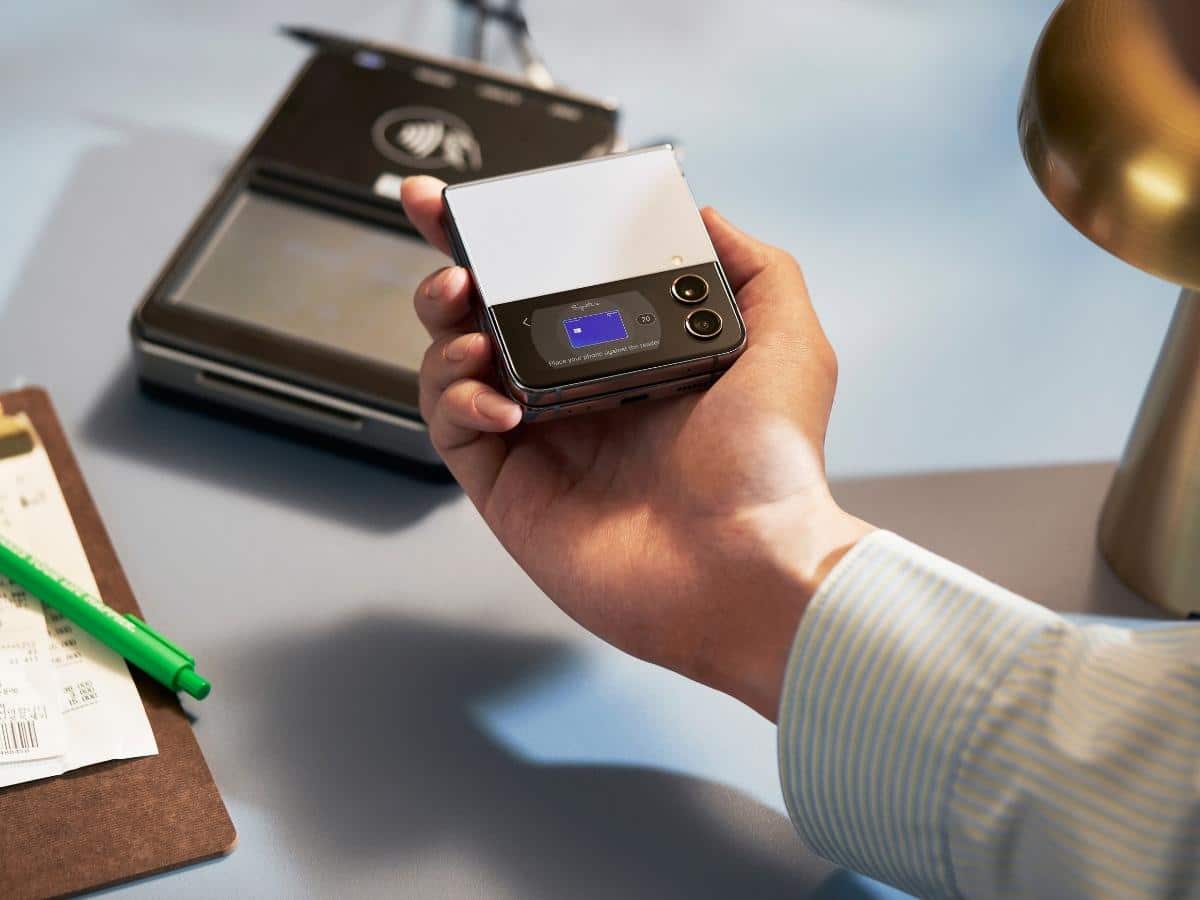
Samsung Galaxy Z Flip4
The Galaxy Flip4 is an undeniably cool device with enormous untapped appeal that expands way beyond the largely female market Samsung clearly has had in its sights thus far. Sure, the styling presented for the device is obviously intended to draw in the ladies – that’s not to say blokes can’t also enjoy the refined Pink Gold, Bora Purple and (light) Blue finishes – but trust us, once you have an understated, Graphite-coloured Flip4 device in your hand, you’ll also see just how much potential this device has.
While the Galaxy Z Fold4 is an innovative and polished bit of premium kit, the Flip4 is a similarly slick but altogether more accessible proposition. Its more modest price point combined with a highly pocketable build, upgraded camera and enhanced cover screen functionality mean we think this could be the device that ultimately carries foldable phones to their rightful place in the mainstream. – Pricing from AUD$1,499
Read more of our thoughts on the Samsung Galaxy Z Flip4 here.
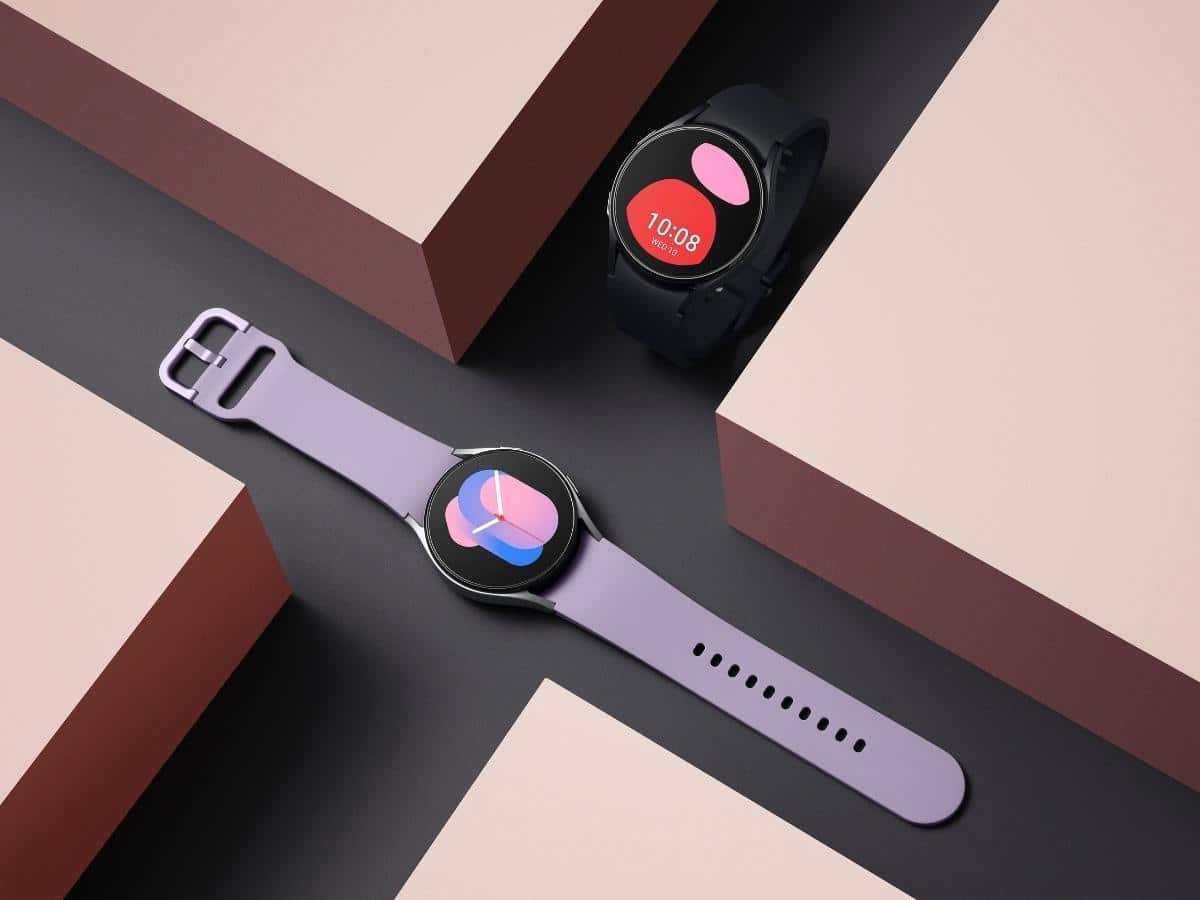
Samsung Galaxy Watch5
The smart wearable market is nothing if not crowded, so it can be hard to know where to start when looking for a smartwatch. Samsung’s new Galaxy Watch5 makes a strong case for itself by offering a range of features designed to help you improve your wellbeing without feeling like you’re having to learn another language.
From body composition stats like weight and fat percentage to monitoring your sleep and providing a coach to ensure you’re getting the right amount in terms of quantity and quality, the Galaxy Watch5 takes a holistic approach to helping you get your wellness back on track. With a 30 per cent larger battery than its predecessor and 30 per cent faster charging – 8 hours in 8 minutes is impressive – the Galaxy Watch5 might just get you on the right track as we head towards the warmer months.
As polished in design as its foldable smartphone counterparts, the Galaxy Watch5 is available in 40mm and 44mm sizes, with both shaping up to be about as sleek as smartwatches get – there’s even a specialised golf version, although no word yet on whether that’ll make it to Australia. – Pricing from AUD$499
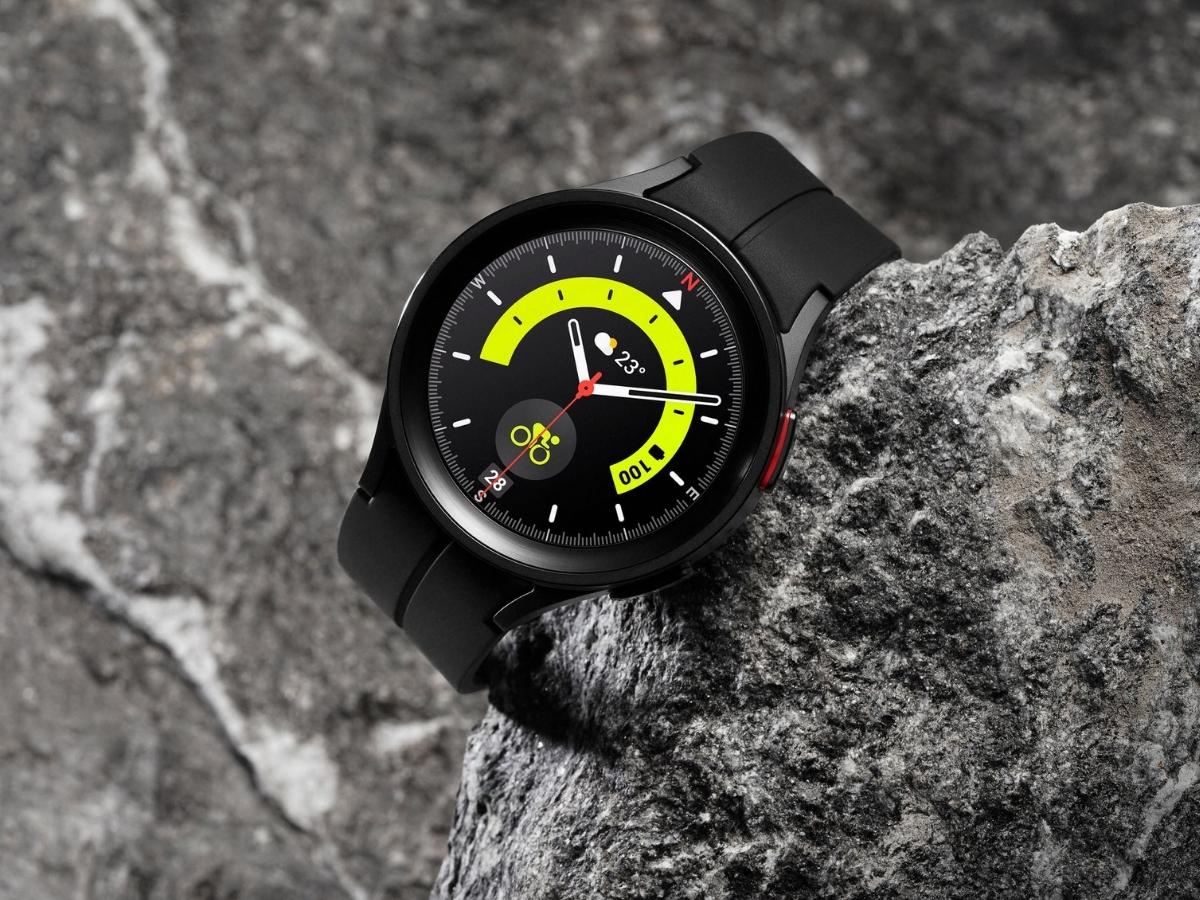
Samsung Galaxy Watch5 Pro
While the Galaxy Watch5 offers genuinely useful features for those looking to get their wellness on track, the Galaxy Watch5 Pro is for those with an insatiable appetite for the great outdoors. Packing everything the Watch5 offers and then some into its larger 45mm form factor, the Watch5 Pro offers GPS functionality that’ll track your workout route and then let you share it with friends, family, or fellow athletes. It offers turn-by-turn navigation and can also be used to “track back” your route – this is the equivalent of leaving digital breadcrumbs so you can always find your way back to your starting point.
Both the Watch5 and Watch5 Pro come in an impressive array of colours and straps – we have our eyes on a metal mesh band for the 5 and a metal link band for the 5 Pro that are particularly tasty. – Pricing from AUD$799
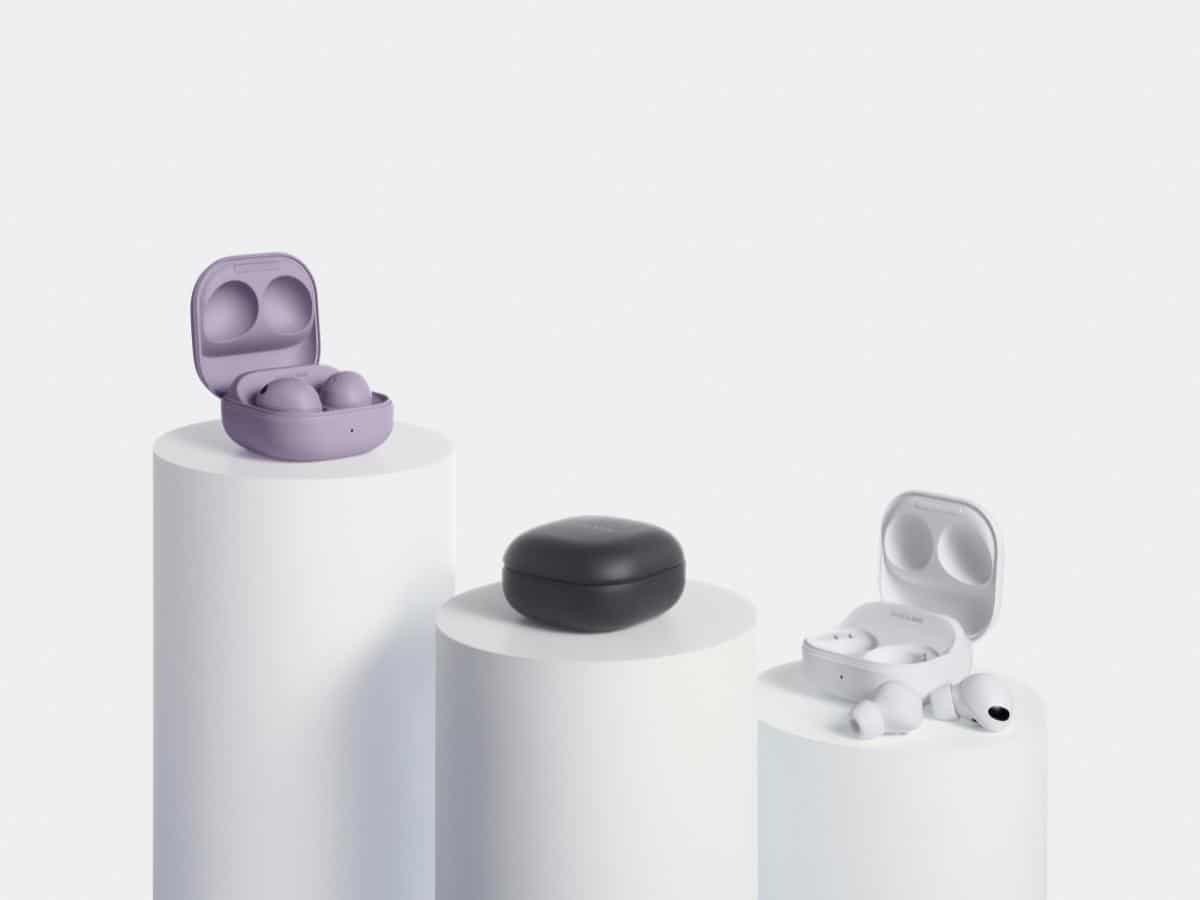
Samsung Galaxy Buds2 Pro
Samsung’s become a force to be reckoned with in regard to its earbud technology over the last few years, having consistently delivered products that remain accessible price-wise, while growing increasingly generous in their offering. The new Galaxy Buds2 Pro continue this trend, by reducing its size by 15 per cent and simultaneously introducing 24-bit audio for the first time, meaning that once you pop these noise-cancelling little guys in your ear you may hear elements of your favourite music you’ve never heard before.
The Buds2 Pro also guarantee clearer conversations over the phone. Whether you’re talking to your nearest and dearest or telling telemarketers to go to hell, neither will miss a word. Plus, for the first time, these buds will have advanced connectivity with Samsung TVs, meaning you can stay up late bingeing your show of choice without keeping the rest of your household awake. Handy. – Priced at AUD$349
Head here for more information on Samsung’s Galaxy Buds2 Pro.
DISCLAIMER: The author of this article, Rob Edwards, was invited to attend Unpacked 2022 as a guest of Samsung.
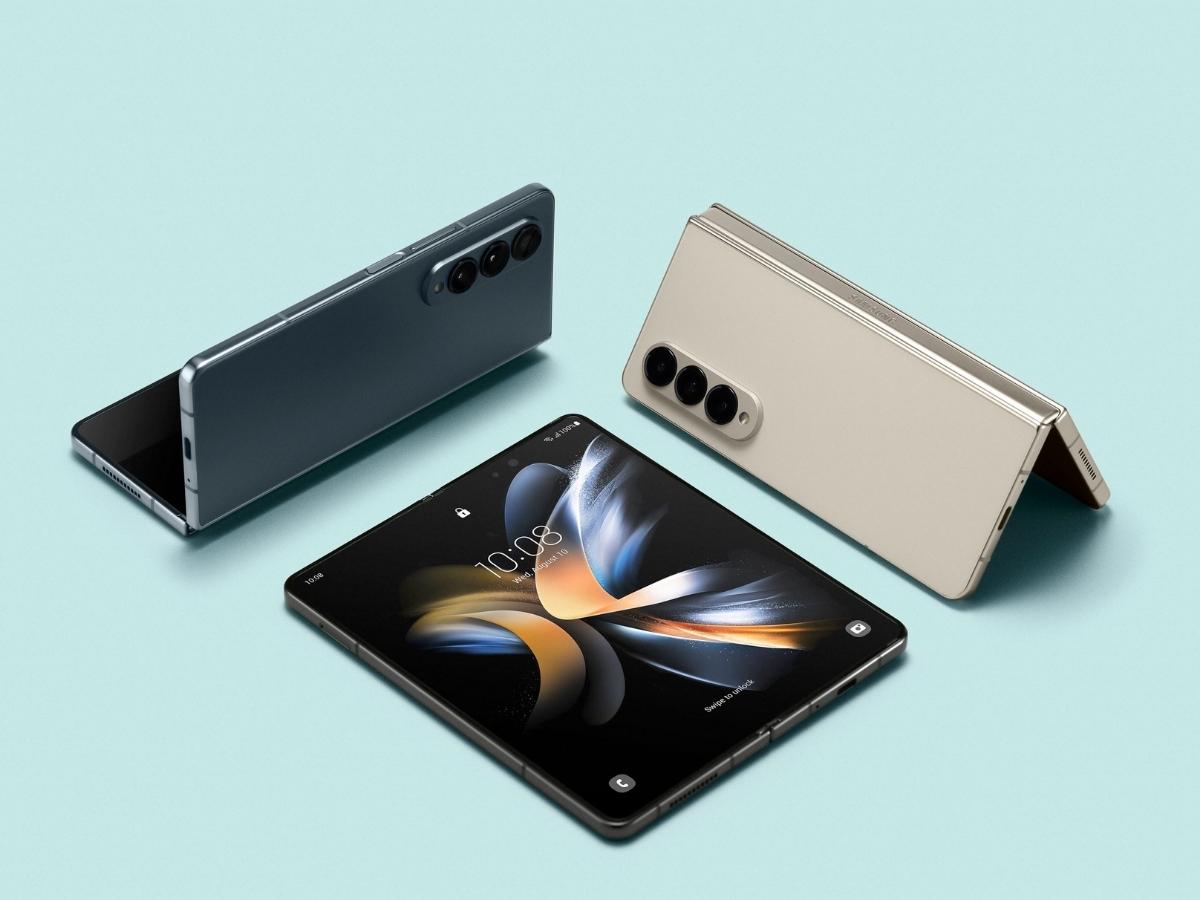
Did you love this story of Samsung? Check out some of our other recent coverage:
- Samsung Galaxy S22 Ultra Tips and Tricks You Need to Know
- Samsung The Freestyle Review: Punchy Pocket Projector
General FAQs
Samsung will host the next Unpacked event on Wednesday, August 10th, 2022, at 9 a.m. ET.
For the August Samsung Unpacked 2022 event, the tech giant unveiled the new Samsung Galaxy Z Fold4, Galaxy Z Flip4, Galaxy Watch5, Galaxy Watch5 Pro and the Galaxy Buds 2 Pro.
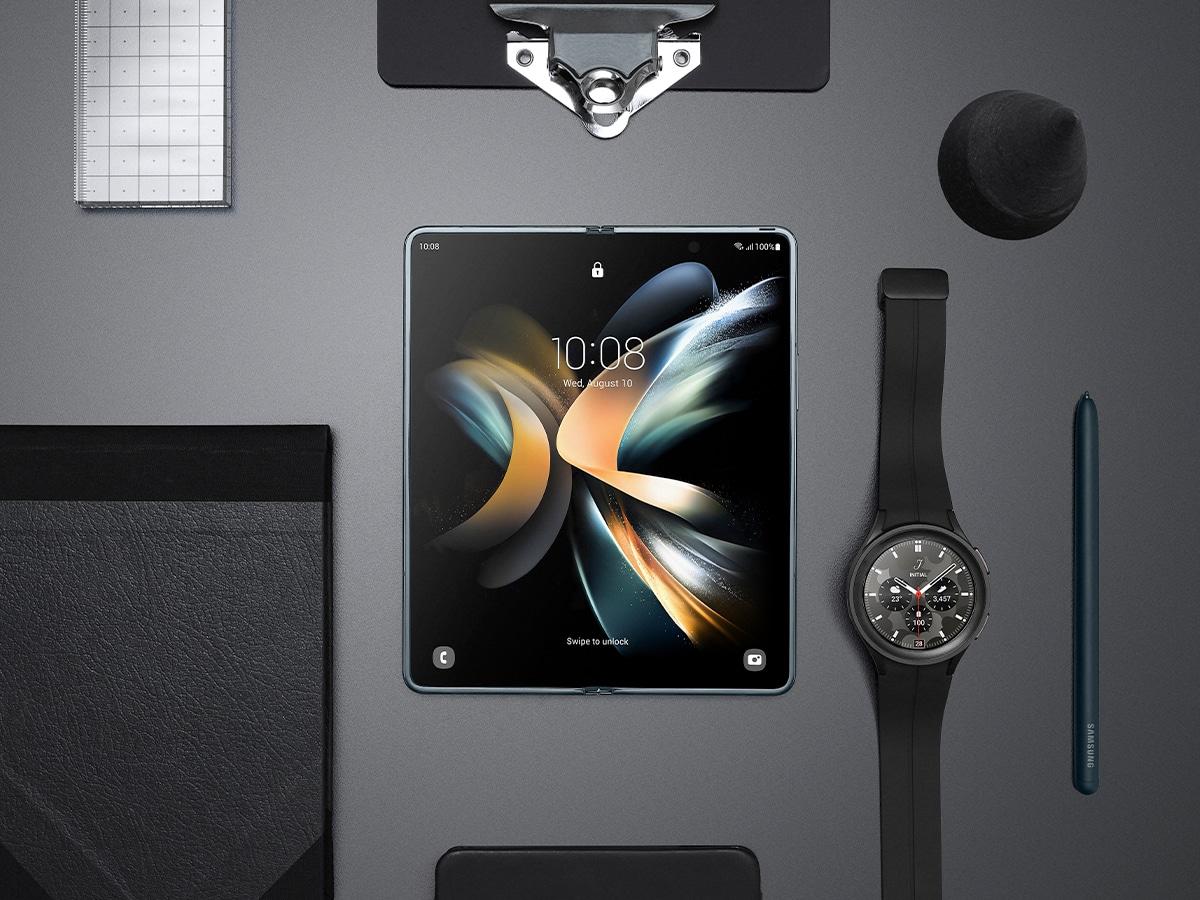















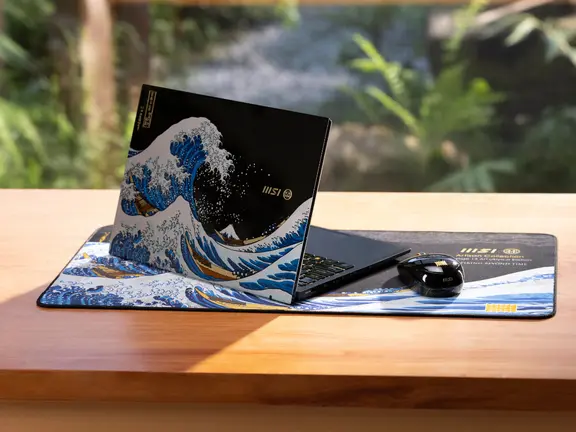






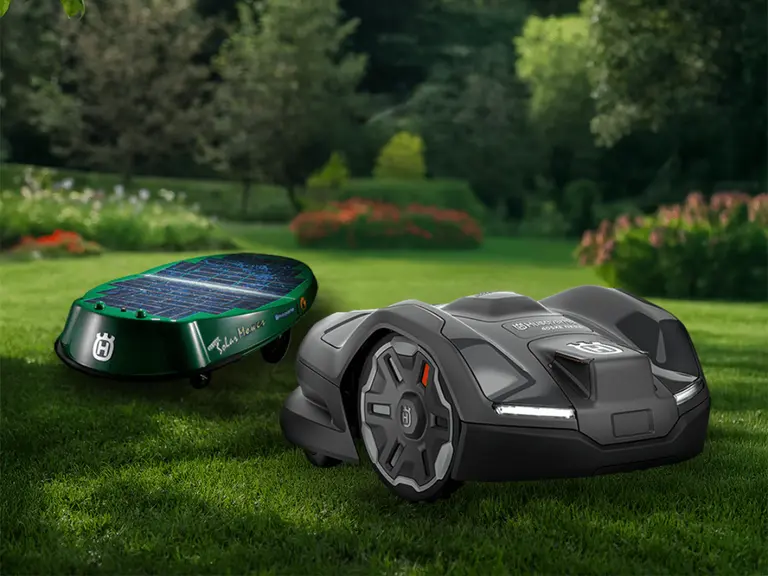
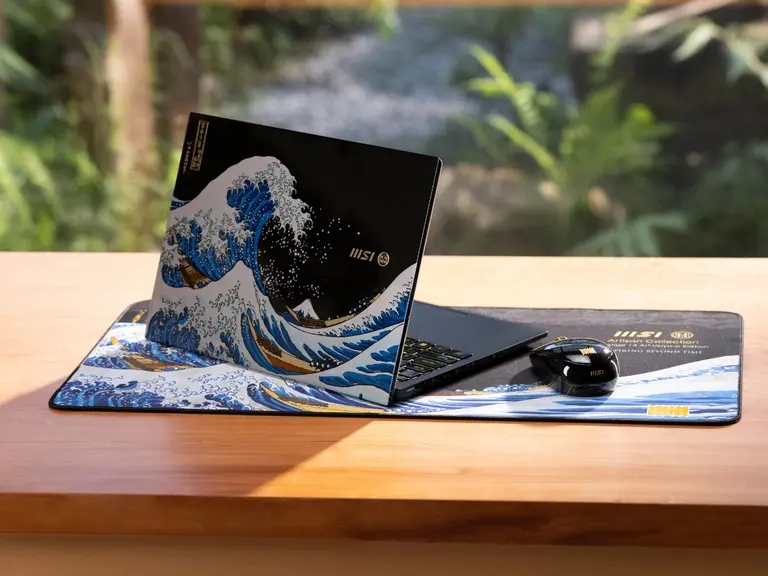




Comments
We love hearing from you. or to leave a comment.